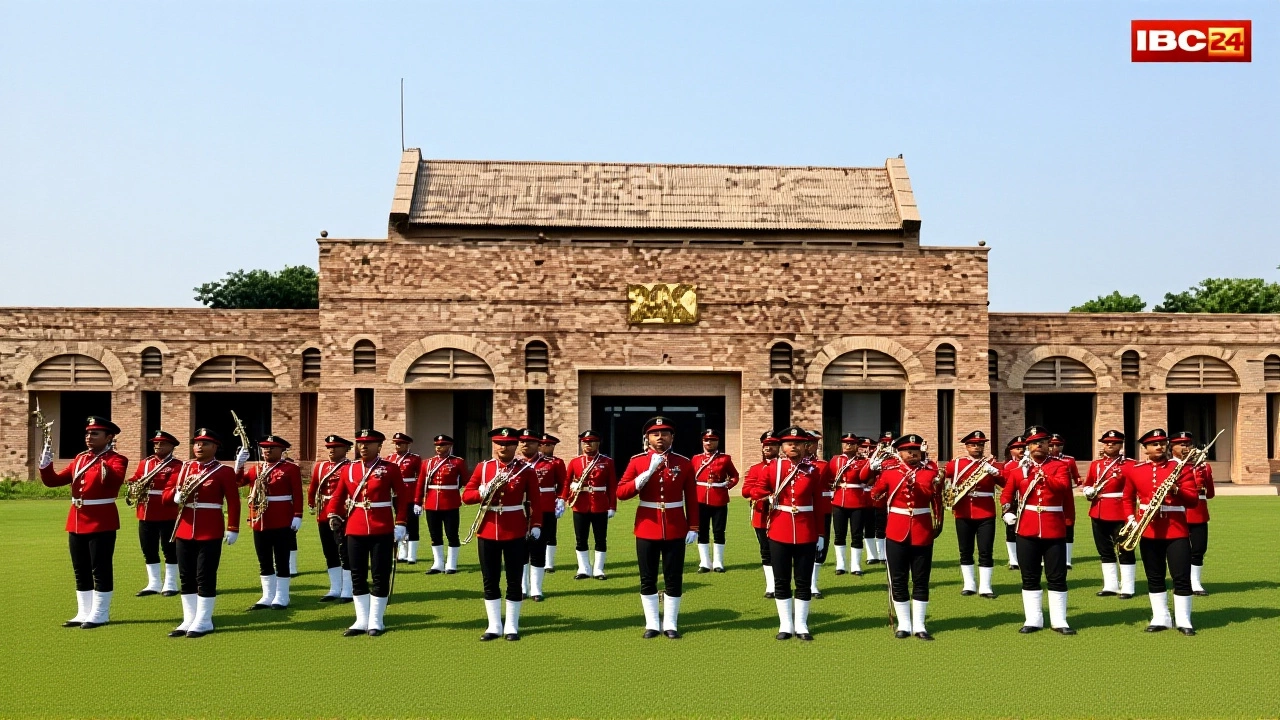Politics: Protests, Police Actions & Symbolic Debates
When working with Politics, the set of activities, institutions, and ideas that shape how societies make collective decisions. Also known as public affairs, it drives everything from daily news headlines to long‑term policy shifts.
One of the most visible ways politics shows up is through a Protest, a public expression of dissent or demand, often organized by groups seeking change. Police, the law‑enforcement body tasked with maintaining order and enforcing the law step in when protests intersect with public safety, creating a dynamic that both shapes and reflects political realities. In recent weeks, a planned demonstration over a new Statue, a physical monument representing a historical figure or event, often becomes a flashpoint for broader debates sparked fierce debate. The figure at the center of that debate is Ambedkar, a 20th‑century Indian social reformer whose work on the constitution and caste equality continues to inspire movements.
These entities don’t exist in a vacuum. Politics encompasses protest, meaning every street rally adds a layer to the public conversation. Protest influences political discourse by forcing lawmakers to address grievances they might otherwise ignore. Police enforce law during political gatherings, balancing the right to assemble with the need for safety. Statues become focal points in political debates, turning stone into a symbol that can unite or divide communities. Ambedkar’s legacy drives many of today’s identity‑based movements, linking historical struggle with current demands for equality.
Key Themes in Recent Political Events
When a city like Gwalior decides to deploy 3,000 troops and set up 30 checkpoints, it’s not just a security measure—it’s a clear signal that political tension has reached a tipping point. The authorities invoke Section 163, a legal tool that allows them to pre‑empt unrest, showing how law, enforcement, and political strategy intertwine. Such actions illustrate how politics requires coordination between multiple entities: protest organizers, police forces, legal frameworks, and the symbols they rally around.
Readers will find a collection of stories that drill down into each of these angles. Some posts detail how a single statue can ignite a city‑wide mobilization, while others break down the logistics behind massive police deployments. You’ll also see analysis of how Ambedkar’s ideas continue to shape modern activism, providing a historical lens for today’s headlines. By the end, you’ll have a clearer picture of why politics feels so immediate and why each protest, police response, and symbolic monument matters.
Below, the articles unpack these connections one by one, giving you the context you need to understand the forces at play in today’s political landscape.
Posted By Larsen Beaumont On 23 Nov 2025 Comments (0)
Bihar Releases Final Voter List with 7.42 Crore Electors Ahead of 2025 Assembly Elections
The Election Commission of India released Bihar’s final voter list with 7.42 crore electors on September 30, 2025, after a massive cleanup. Voting begins November 6, and citizens can verify or appeal their status online until October 27.
READ MOREPosted By Larsen Beaumont On 14 Oct 2025 Comments (0)
Gwalior police deploy 3,000 troops amid Ambedkar statue protest
Gwalior police invoke Section 163, deploying 3,000 troops and 30 checkpoints to curb a planned Ambedkar statue protest on Oct 15, 2025.
READ MORE
